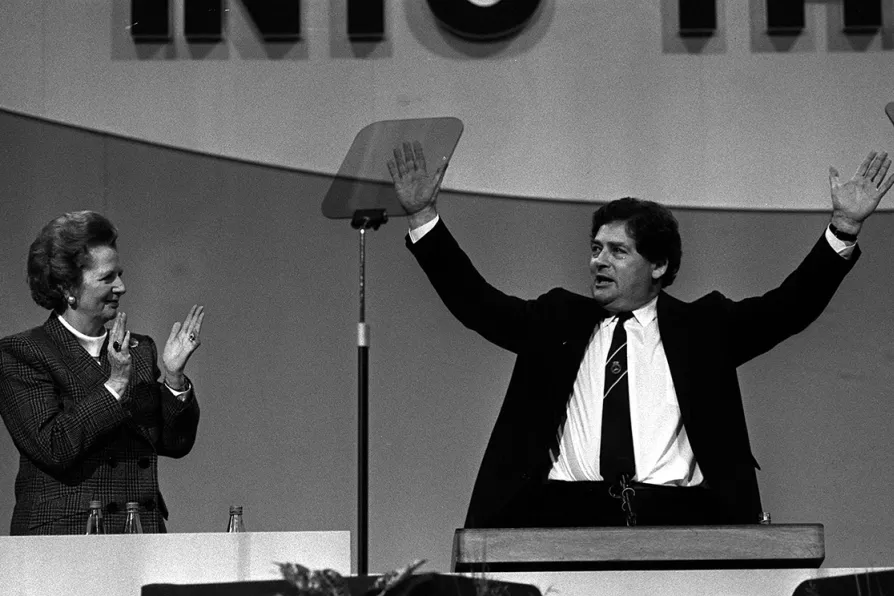From London’s holly-sellers to Engels’s flaming Christmas centrepiece, the plum pudding was more than festive fare in Victorian Britain, says KEITH FLETT
Britain's decline is Nigel Lawson's legacy
An early adherent of free-market fundamentalism, at Thatcher's side throughout her most damaging years, Lawson attacked our unions, industry and the very fabric of our society, writes JAMES MEADWAY

 Nigel Lawson, applauded by then Prime Minister Margaret Thatcher, at the end of his speech during the Conservative Party's annual conference in 1988
Nigel Lawson, applauded by then Prime Minister Margaret Thatcher, at the end of his speech during the Conservative Party's annual conference in 1988
THE former Tory Party chancellor Nigel Lawson, who died last week aged 91, had become better known in his later years as an indefatigable champion of the cause of climate change denial.
His efforts to minimise perceptions of the damage of greenhouse gas emissions, and forestall action on decarbonisation, played their own small part in condemning future generations to lives that will be harder and more squalid than they ever needed to be.
But it was as the primary architect of Britain’s free-market turn, and Margaret Thatcher’s sometime right-hand man, that Lawson can claim his true legacy.
Similar stories

As Starmer seeks his ‘Falklands moment’ while planning £6 billion in welfare cuts, a historical pattern repeats itself — natural resources weaponised against the working class rather than used for their benefit, writes MATT KERR

KEITH FLETT looks back 50 years to when the Iron Lady was elected Tory leader…

There is little benefit coming to Scotland or the wider UK from projects like Rosebank or Jackdaw – or indeed renewables – as profits are siphoned out of the country by foreign companies, writes PAULINE BRYAN

Morning Star editor BEN CHACKO says the status quo cannot last – but those currently poised to replace it would usher in a nightmarish new era










